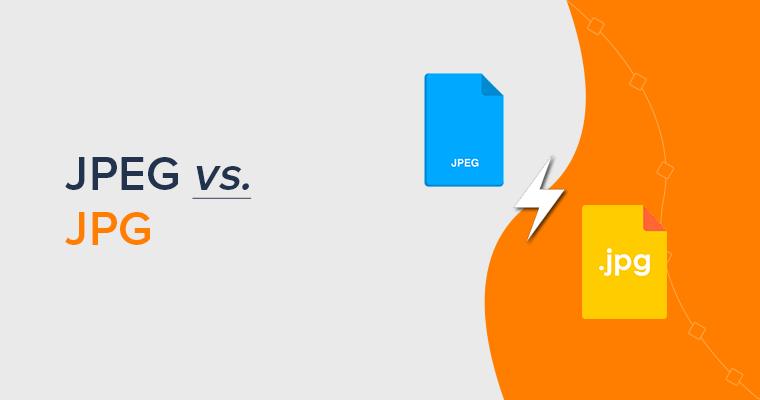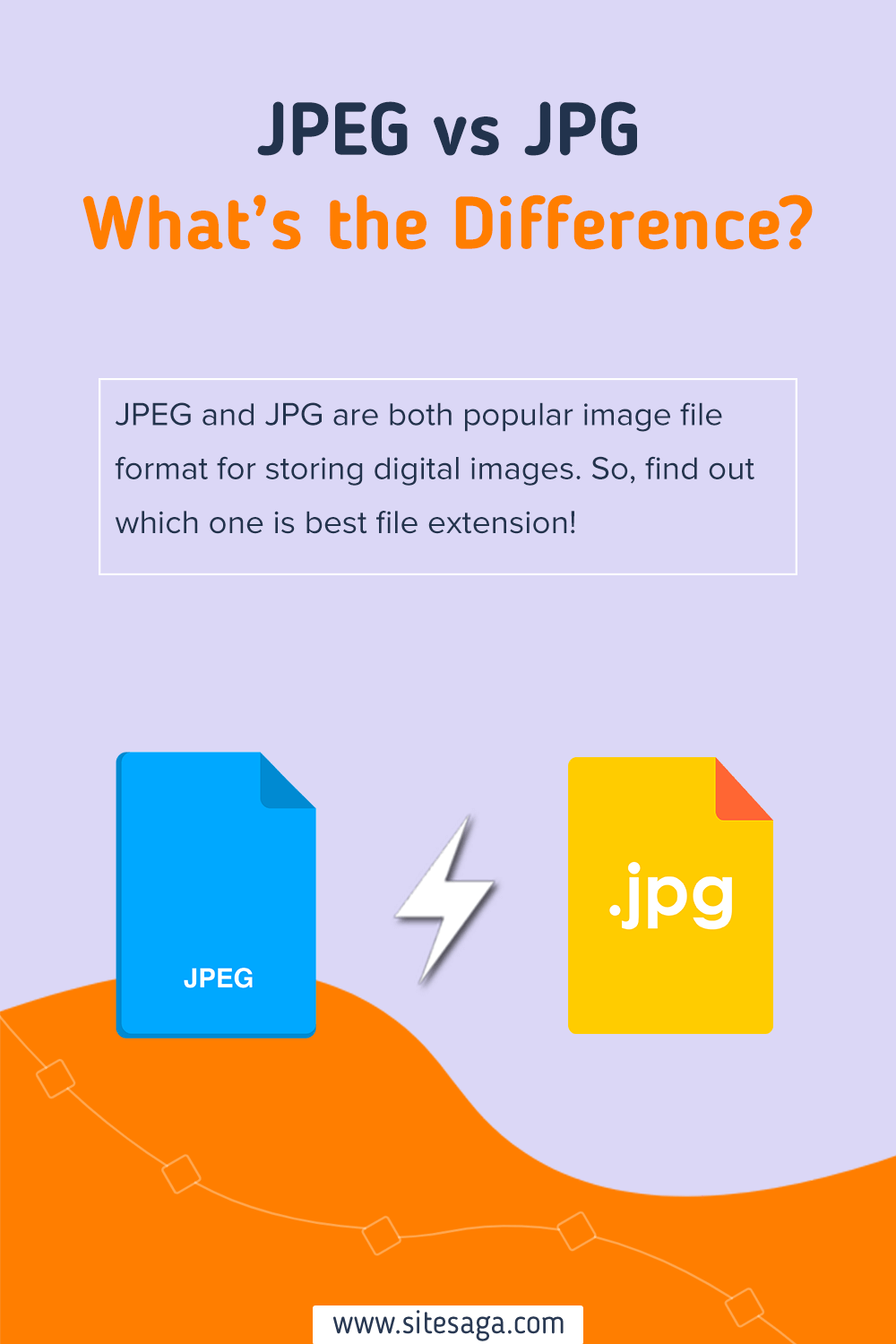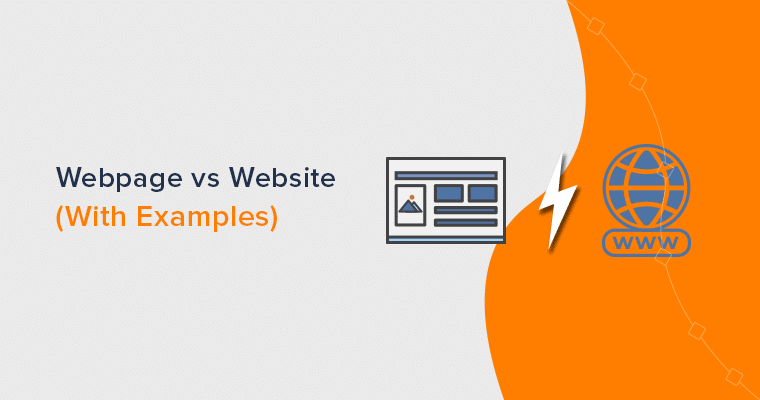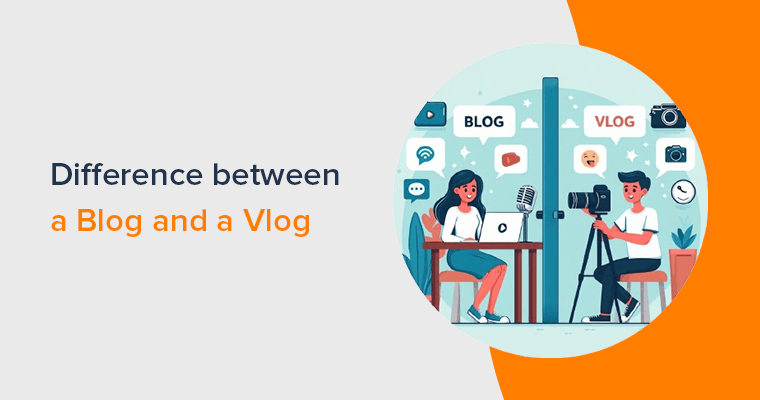Are you wondering which is a better file format JPEG vs JPG? Or want to know what’s the difference between them? If you’re unsure which of these 2 file formats is best, then stay here!
Someone who works on a computer and has worked with digital images may have used JPGs and JPEGs before. They both are the most commonly used formats to save digital images.
However, most of you still wonder what the difference is between them. And which one is better to use? So, to answer these questions, we present you with the comparison between “JPEG vs JPG”.
In this article, we’ll explain what a “.jpg” and “.jpeg” file extensions are, compare them, and which might work best for you. Let’s get started!
Video Guide – JPEG vs JPG
Prefer watching a video instead? Here’s a complete video guide on the differences between JPEG vs JPG.
Nevertheless, keep reading for more insights on their differences!
What is JPEG?
JPEG is a commonly used image file format to store and save digital images on your computer. This is the definition that has been fed to us since the very beginning.
But did you know that JPEG can be referred to as three different alterations? If not then, let’s talk a little about these references. They are:
- JPEG Lossy Compression
- Joint Photographic Experts Group (JPEG)
- JPEG File Format
1. JPEG Lossy Compression
Have you all realized when uploading a large image to your site, it somehow affects your site’s speed and performance? It takes time to load on the front end killing the visitors’ experience.
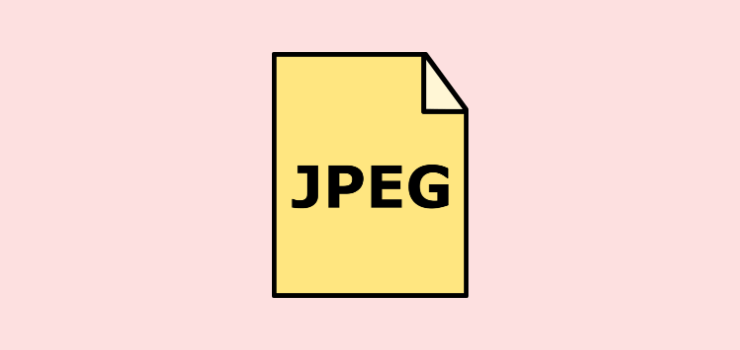
If this is something that bothers you then, you should somehow optimize those images. When you do so it not only reduces the file size of that image but also improves loading times. Hence, you can surely provide an excellent user experience.
At that very moment, JPEG comes in handy.
- JPEG acts as a lossy compression method that ensures the size of the images remains as small as possible. Now, the images load quickly when someone wants to view them.
- The image file size will be compressed, permanently reducing the size after eliminating unnecessary information. This may affect the image quality to some extent.
To your PLUS, most of the visitors won’t even realize as the change is quite small in number.
This method is mostly used for photographs and complex still images. But did you know that you can find whether the image quality is good or bad just by looking at its file size?
Yes, you can do so by checking the image file size. If the file size is smaller, then the image quality will be bad. When you edit and save a single image recursively, this will worsen the image quality.
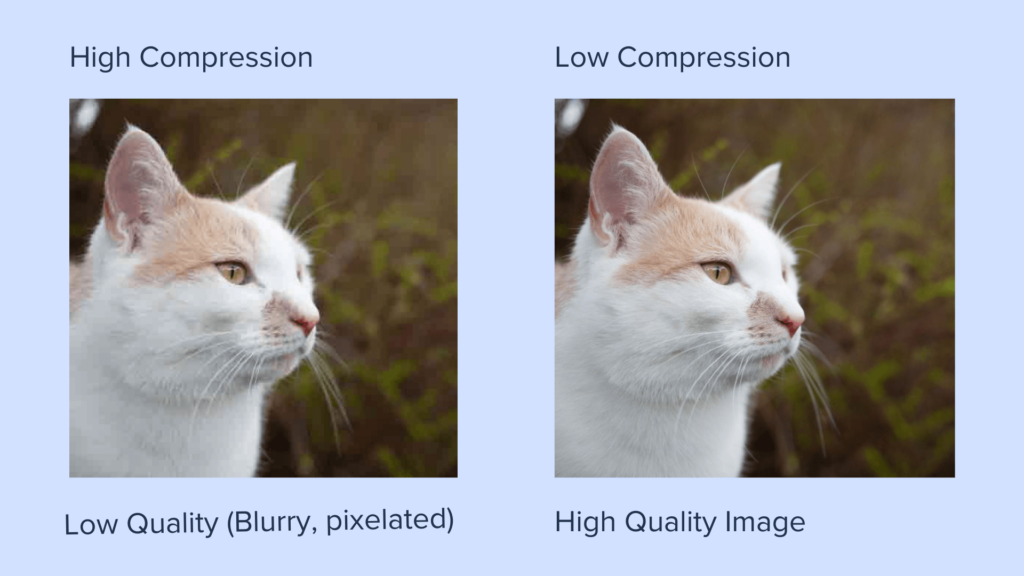
Nevertheless, you can perform lossless compression as an alternative to lossy compression.
| What is a Lossless Compression? |
|---|
| As an alternative, lossless compression works quite differently to save your images in a different format. As it uses PNG format to save your image file. In this method, you’ll never have to sacrifice the quality of the image. Unlike lossy compression, it doesn’t eliminate any information from your image. Therefore, the final file size of your image after lossless compression will always be bigger. Indeed, this may result in slower page loading times. |
2. Joint Photographic Experts Group (JPEG)
Have we told you what JPEG abbreviates to? JPEG stands for the Joint Photographic Experts Group.
JPEG is an ISO/IEC group that created the JPEG image format. The group is a subcommittee of the ISO (International Organization for Standardization).

They’re the well-known group of experts that develops and maintains picture coding standards under the ISO. ISO is responsible for developing standards to ensure the product, service, or system quality, safety, and efficiency.
ISO also set some standards for digital images. So that, the website owners can provide their users and consumers with the best image quality and services.
This independent, non-governmental, international organization has a membership of over 164 countries. They’re working together to develop international standards that cover many aspects of technology, management, and manufacturing.
3. JPEG File Format
Lastly, the term JPEG is also referred to as a file format that is used to store and save digital images. You might have seen this format quite often since it’s the most used option when you save an image after editing it.
In fact, it’s a type of file format that you can use to convert it into another format such as JPG.
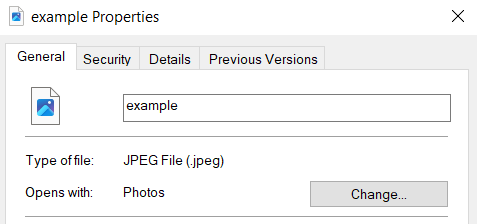
FUN FACTS!!
Here are some amazing fun facts about the .jpeg file format –
- JPEG files are the most common and universally recognized image file format for digital cameras.
- Its small file sizes allow you to quickly transfer images and provide fast access for viewing online.
- To your surprise, it supports 16,777,216 colors, produced using 8 bits of each in the RGB color model.
- It tries to keep its file size as small as possible.
- With lossy compression, you can reduce the size of an image by up to 50-75% when saved.
- It makes post-processing easier as you can easily set the white balance and saturation in JPEGs with the click of the shutter.
Having said all this, a JPEG file format isn’t an ideal option for images with a sharp color palette. In this case, the colors will blend if it was saved as a .png, which displays individual pixels as a combination.
Now that we know a bit about JPEG, let’s look at what JPG is.
What is JPG?
Have a first glance! You might think both JPEG and JPG look similar. The only difference you’ll see is that one of them is missing the letter “e” to it. And that’s TRUE too.
The only difference between jpeg vs jpg is the number of characters and that’s it. Besides that, there isn’t any difference between those two file types.
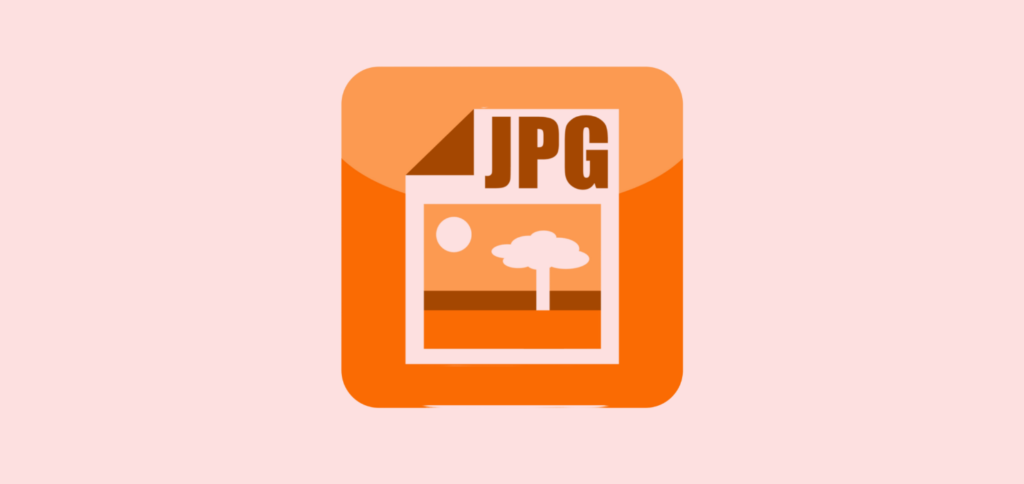
It might sound crazy at the very beginning but hear us out first.
The only reason why JPG exists in the first place is because of the earlier versions of Windows operating systems. At that time, the MS-DOS 8.3 and FAT-16 file systems could only take up to a maximum 3-letter limit for file names.
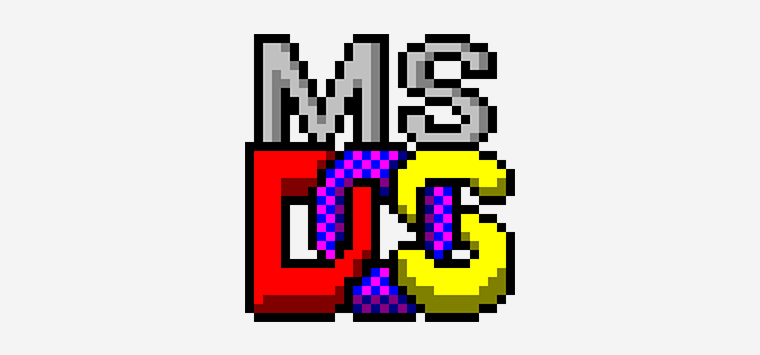
- UNIX-based operating systems (OS) like Mac and Linux didn’t bother to add a limit to file names. So, they use a .jpeg file extension to save the images as JPEGs.
- When it comes to old Windows OS, it gets shortened to .jpg to save those same types of images.
Nevertheless, with time, today’s Windows OS will accept both 3- or 4-letter file extensions such as .jpeg or .jpg. However, many people still use the JPG format to save their images.
That’s why many popular photo editing tools such as Adobe Photoshop save all JPEG images by default to the .jpg file extension. In this way, the users won’t get confused when they switch between the operating systems.
What are the Similarities Between JPG and JPEG?
Okay, so you know that .jpeg and .jpg are functionally the exact same thing. Indeed, they both refer to the same digital image format and have no differences between the JPG and JPEG formats.
Hence, you might now think about the similarities between them, then. To clear it out, in this section we’ll look at some similarities between JPEG and JPG images.
1. Both of These Are Raster Images
Many of you might think that images stored under the jpeg and jpg are two different image types. But that’s not true. Both JPEG and JPG images are raster images, not vector images.
What are Raster and Vector Graphics?
| Raster Graphics | Vector Graphics |
|---|---|
| Raster images define two-dimensional images built from pixels –– a small addressable element or dot of a picture represented on a screen. When these tiny pixels come together in great quantities it helps to create highly detailed images such as photographs. | A vector image uses mathematical representations like lines, polygons, and curves with fixed points on a grid to produce an image. The best example of a vector image would be for printing. As it’s composed of a series of mathematical curves. |
| The more pixels on an image indicates the higher quality of that image. Due to their pixel-based nature, the images suffer in terms of quality when zooming up in size. | Unlike raster images, you can scale up or down without any worry about the quality degradation of the image. As vector images don’t rely on pixels to create the image. |
| It prefers graphic formats like GIF, JPEG, PNG, PCX, etc. It’s mostly used for non-lined images like photographs, scanned artwork, or detailed graphics. | It supports file extensions such as SVG, EPS, PDF, AI, and DXF. |
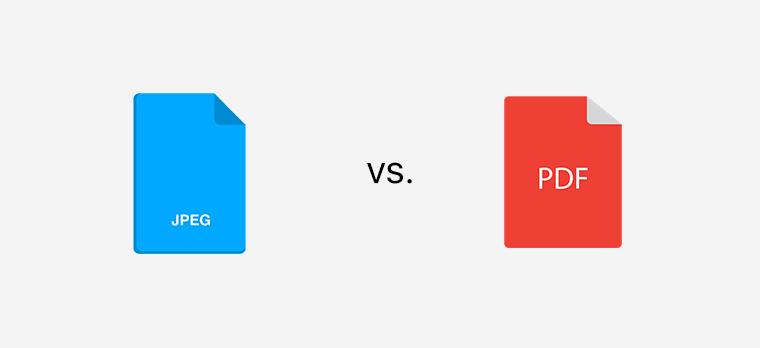
2. Both Types of Losses Image Quality
We’ve already discussed earlier that both .jpeg and .jpg use lossy compression to shrink the size of the image. Meanwhile, as a consequence of that action, it results in deteriorating the quality of that image. Isn’t it heartbreaking?
The very reason to reduce the size of the image is to have a faster loading time when uploading onto your website. Therefore, when you use the file extension (.jpeg or .jpg) your image’s file size will always be smaller than the original.
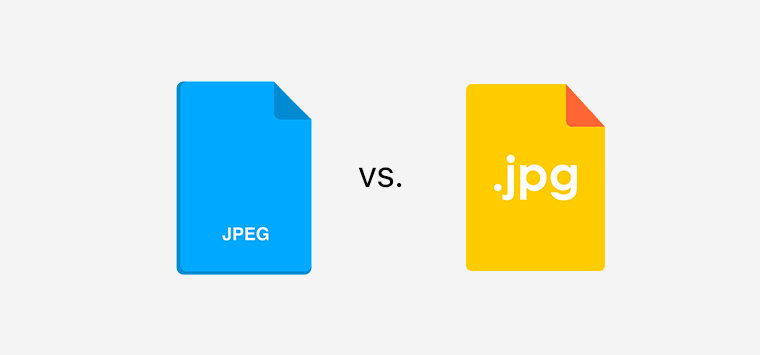
Now you know that both JPEGs and JPGs serve the same purpose. Their only goal is to reduce the file size of images for faster loading time and a better viewing experience. In fact, you can use any one of those file extensions to save the compressed image for further use.
Having said that, we cannot say which one is better. Since both of them serve the same purpose and shouldn’t be any matter of concern in the first place.
Lastly, it is all up to your preference on which file extension to use for saving your following beautiful digital images.
When to Use JPEG Images?
Did you know that JPEG files can display up to 16.8 million colors even when their size remains relatively small? This is why it’s a go-to- file format for many photographers and bloggers (publishers).
i. For Photographic Images
The pictures shot with digital cameras tend to be in a raw format. It helps to get the image in its actual color and surroundings.

Not just that digital cameras, in itself use .jpg formats. As it can be compressed into much smaller file sizes than other types of image files. In fact, it’s a great way to reduce the amount of storage space needed for images.
This will not only allow you to render images quickly but also open them faster online without sacrificing too much quality.
ii. For Web Content
The very best use that anyone can get from its web publishers and bloggers. Anyone who has a website can benefit from using JPEG files on their website.
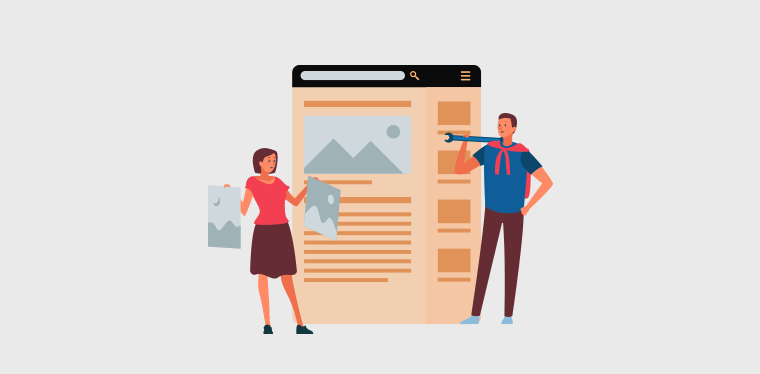
The use of JPEG files will make the images load faster on websites. With that, you’ll be able to give a great user experience to your visitors. Not just that, you can use JPEG files for email attachments because they’re small enough to send quickly.
What are the Pros and Cons of JPEG Files?
Here, let’s look at some of the advantages and disadvantages of JPEG files.
Starting with the pros.
Pros of JPEGs
- JPEG files are quite popular and universally recognized image file formats.
- In addition, it’s seamlessly compatible with most web browsers, software, and apps.
- Provide quick transfer and fast access for viewing online.
- You’ll find JPEG file format to be typically smaller in file size than the original image format.
- Allow easy conversion of it into other file formats such as PNG and GIF.
Cons of JPEGs
- Due to lossy compression and heavily compressed images, you might suffer with the image quality.
- Sometimes JPEG format images can be difficult to edit because the quality of the image is reduced and compressed too much.
- Not so well suited for images with sharp edges or large areas of uniform color.
Why Should You Compress the Images?
Image compression is the process of reducing the size of an image while maintaining as much quality as possible. In this way, you can easily store, transfer, and display images, without sacrificing the image’s visual quality.
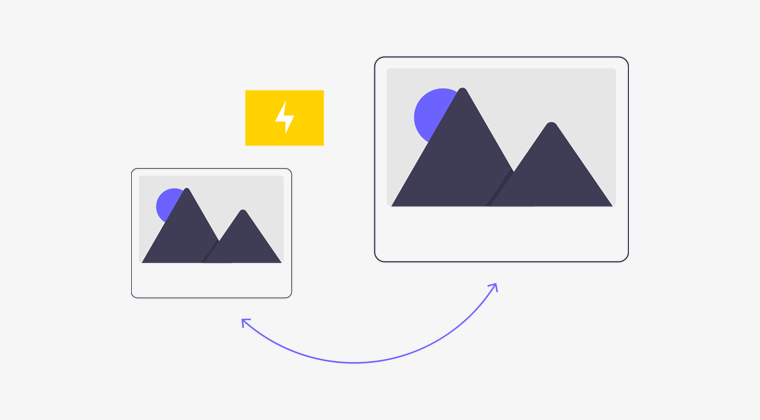
Now the question might arise why image compression is important. For that, here are some reasons why you should compress the image before adding it to the website:
- A compressed image will help you with website optimization. When images are uncompressed it takes longer to load, causing your visitors to bounce.
- This helps to reduce the amount of data being transmitted.
- Any compressed images can be sent and uploaded easily. Meanwhile, uncompressed images take quite a time and some email servers also come with file size limits.
- Lastly, it helps with reducing and saving the storage impact on your hard drive.
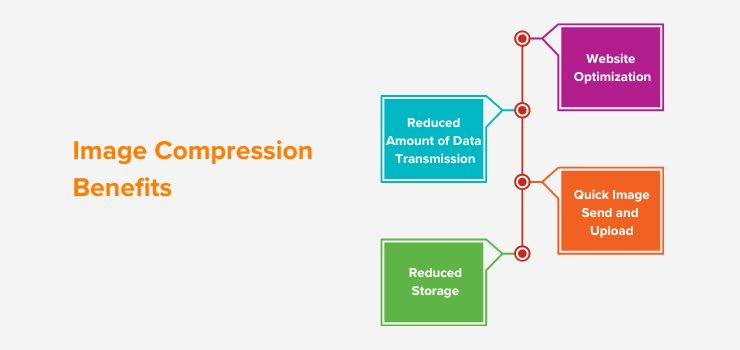
How to Convert JPG to JPEG?
JPG and JPEG are the same, however, you may require the conversion from JPG to JPEG sometimes. For instance, this conversion is needed if you upload the images to some sites accepting only JPEG.
Moreover, this conversion is possible in many ways. You can utilize online converter tools like Convertio and Canva. Otherwise, you can do that simply from the Photos or Paint application.
Find the process below in both ways:
1. Photos
In Windows OS, you can perform the conversion from your Photos file itself. So, open the image file and click ‘See more‘, followed by ‘Save as‘.
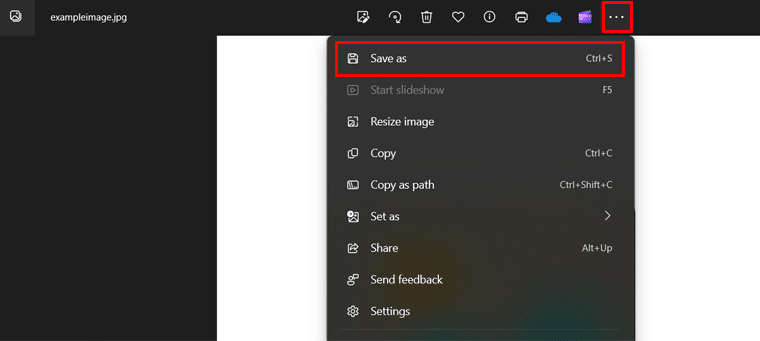
When you’re saving that image, select ‘Save as type‘ as ‘.jpeg‘. Click the ‘Save‘ button. That’s all!
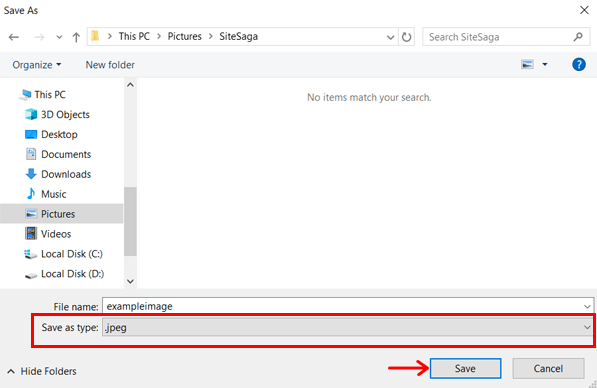
2. Paint
If you didn’t find the save option in JPEG format in Photos, then use Paint. Just right-click on the image and navigate to ‘Open with‘ and then ‘Paint‘.
There, click ‘File‘ and hover over to ‘Save as‘. There, pick ‘JPEG picture‘.
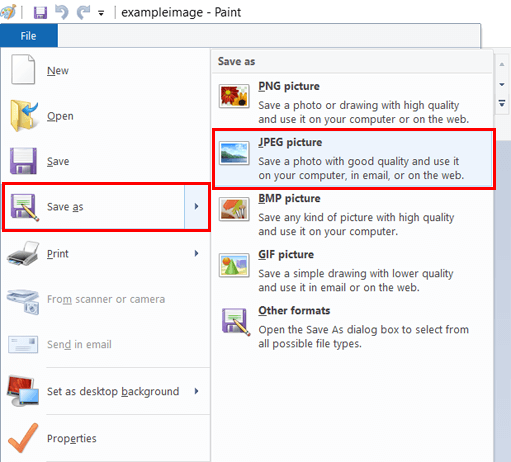
Now, insert the .jpeg extension on the file name. Lastly, hit the ‘Save‘ button.
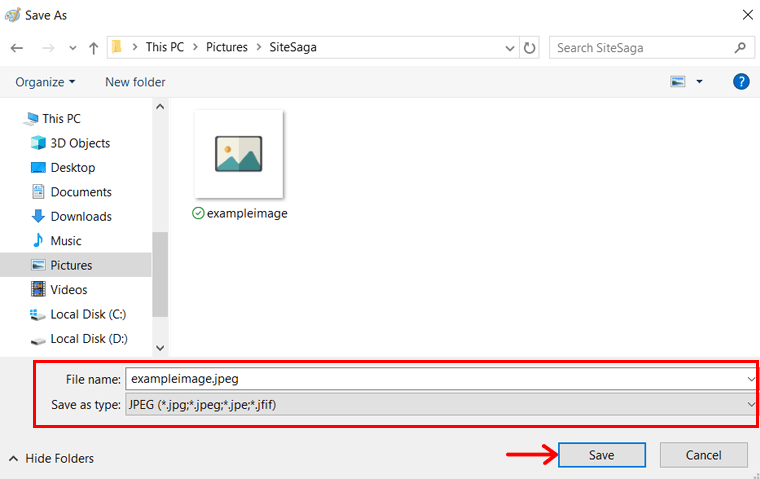
By doing that, your image is saved using the JPEG image format. Congratulations! Now, in the same location, you can find both the images having JPG and JPEG formats co-existing together.

FAQs on JPEG vs JPG
1. Are there any differences between JPEG vs JPG?
Honestly, there isn’t any difference between the JPEG and JPG formats. The only difference is the number of characters used.
2. What is the difference between JPG, GIF, and PNG?
Mostly, JPGs are used for photographs and pixel-based images whereas PNGs are used for transparent images and vector graphics. Meanwhile, GIFs are usually used for images that contain animations and visual effects.
3. What is the difference between PDF and JPG?
A PDF is a document file type that contains images with text while a JPG is an image file type with text on the image. PDFs often deliver higher quality than JPEGs. It’s because JPEGs compress images that cause a loss in the quality of an image.
Learn how to make a website from scratch in this detailed guide.
Conclusion
That’s all, folks! We’ve come to the end of our comparison between JPEG vs JPG.
Although you might have been using JPGs and JPEGs every day, you still might not know that both are the same. Hence, we’re glad that you know their exact similarities and differences.
If you have any further queries about JPGs and JPEGs, then please leave a comment below. We’ll try to get back to you as soon as possible.
Also, let us know which other file formats you’re using the most. You can share your pick in the comments section below.
You may also like our other articles on the best image optimization plugins for WordPress. Besides that, read the best WordPress knowledge base plugins.
Lastly, remember to like and follow us on our social media handles Facebook and Twitter to keep a close eye on our articles.
